This article was co-authored by Zora Degrandpre, ND and by wikiHow staff writer, Hunter Rising. Dr. Zora Degrandpre is a Natural Health Doctor and Licensed Naturopathic Physician in Vancouver, Washington. She is a grant reviewer for the National Institutes of Health and the National Center for Complementary and Alternative Medicine. She received her ND from the National College of Natural Medicine in 2007.
There are 21 references cited in this article, which can be found at the bottom of the page.
wikiHow marks an article as reader-approved once it receives enough positive feedback. In this case, 100% of readers who voted found the article helpful, earning it our reader-approved status.
This article has been viewed 501,349 times.
Hemorrhoids occur when veins swell around your anus, causing pain when you need to sit or use the bathroom. Even though hemorrhoids may make you feel embarrassed, they’re a common problem and luckily, there are many ways you can relieve your discomfort. Keep reading for plenty of at-home remedies, preventative tips, and pieces of medical advice that will help you feel better in no time.
Steps
Expert Q&A
-
QuestionDoes pain from piles happen before or after the piles occur?
 Zora Degrandpre, NDDr. Zora Degrandpre is a Natural Health Doctor and Licensed Naturopathic Physician in Vancouver, Washington. She is a grant reviewer for the National Institutes of Health and the National Center for Complementary and Alternative Medicine. She received her ND from the National College of Natural Medicine in 2007.
Zora Degrandpre, NDDr. Zora Degrandpre is a Natural Health Doctor and Licensed Naturopathic Physician in Vancouver, Washington. She is a grant reviewer for the National Institutes of Health and the National Center for Complementary and Alternative Medicine. She received her ND from the National College of Natural Medicine in 2007.
Natural Health Doctor The pain can start before the piles are obvious, especially if they are internal piles. The pain usually occurs during a bowel movement, so increasing the softness of the stool can reduce the pain.
The pain can start before the piles are obvious, especially if they are internal piles. The pain usually occurs during a bowel movement, so increasing the softness of the stool can reduce the pain.
Warnings
- Talk to your doctor if your hemorrhoids don’t improve after 7 days or you get them consistently.[29]⧼thumbs_response⧽
- Avoid using apple cider vinegar or tea tree oil since they haven’t been well-studied or could cause more irritation.[30]⧼thumbs_response⧽
- Call emergency services if you have a high fever, experience hot or cold flashes, or have pus leaking from your hemorrhoid.[31]⧼thumbs_response⧽
References
- ↑ https://newsnetwork.mayoclinic.org/discussion/home-remedies-relief-from-hemorrhoids/
- ↑ https://www.health.harvard.edu/pain/acetaminophen-safety-be-cautious-but-not-afraid
- ↑ https://www.nhs.uk/conditions/piles-haemorrhoids/
- ↑ https://newsnetwork.mayoclinic.org/discussion/home-remedies-relief-from-hemorrhoids/
- ↑ https://health.clevelandclinic.org/7-best-and-worst-home-remedies-for-your-hemorrhoids/
- ↑ https://www.nhs.uk/conditions/piles-haemorrhoids/
- ↑ https://www.nhs.uk/conditions/piles-haemorrhoids/
- ↑ https://uhs.berkeley.edu/sites/default/files/Hemorrhoids.pdf
- ↑ https://health.clevelandclinic.org/7-best-and-worst-home-remedies-for-your-hemorrhoids/
- ↑ https://health.clevelandclinic.org/5-simple-ways-you-can-prevent-hemorrhoids/
- ↑ https://www.health.qld.gov.au/news-events/news/how-to-poo-properly-sit-squat-healthy
- ↑ http://www.mayoclinic.org/healthy-living/nutrition-and-healthy-eating/in-depth/high-fiber-foods/art-20050948
- ↑ https://www.mayoclinic.org/diseases-conditions/hemorrhoids/diagnosis-treatment/drc-20360280
- ↑ https://www.niddk.nih.gov/health-information/digestive-diseases/hemorrhoids/eating-diet-nutrition
- ↑ https://www.mayoclinic.org/healthy-lifestyle/nutrition-and-healthy-eating/in-depth/water/art-20044256
- ↑ https://www.niddk.nih.gov/health-information/digestive-diseases/hemorrhoids/eating-diet-nutrition
- ↑ https://www.nhs.uk/conditions/piles-haemorrhoids/
- ↑ https://health.clevelandclinic.org/5-simple-ways-you-can-prevent-hemorrhoids/
- ↑ https://www.niddk.nih.gov/health-information/digestive-diseases/hemorrhoids/treatment
- ↑ https://medlineplus.gov/druginfo/meds/a601113.html
- ↑ https://www.niddk.nih.gov/health-information/digestive-diseases/hemorrhoids/treatment
- ↑ https://www.drugs.com/mtm/glycerin-rectal.html
- ↑ https://www.mayoclinic.org/diseases-conditions/hemorrhoids/symptoms-causes/syc-20360268
- ↑ https://www.mayoclinic.org/diseases-conditions/hemorrhoids/symptoms-causes/syc-20360268
- ↑ https://www.nhs.uk/conditions/piles-haemorrhoids/
- ↑ https://www.mayoclinic.org/diseases-conditions/hemorrhoids/diagnosis-treatment/drc-20360280
- ↑ https://www.nhs.uk/conditions/piles-haemorrhoids/
- ↑ https://health.clevelandclinic.org/5-simple-ways-you-can-prevent-hemorrhoids/
- ↑ https://www.nhs.uk/conditions/piles-haemorrhoids/
- ↑ https://health.clevelandclinic.org/7-best-and-worst-home-remedies-for-your-hemorrhoids/
- ↑ https://www.nhs.uk/conditions/piles-haemorrhoids/
About This Article
To reduce hemorrhoid pain, try soaking in a tub of warm water with Epsom salts to ease your discomfort. If you don’t have time to make a bath, you can also apply a warm, wet, cotton washcloth to the area a few times a day to relieve pain. As your hemorrhoids heal, consider taking an over-the-counter stool softener, which will make your bowel movements less painful. You should also avoid straining when you do go to the bathroom, which can make your hemorrhoids worse. Instead, try the “breathe push” method by sitting up straight, taking a big, deep breath, and slowly exhaling to gently push out the stool. If your hemorrhoids don’t go away in a week, or if they get worse, make sure to see your doctor for treatment. To learn how to change your diet to prevent hemorrhoids, read more from our Medical co-author.
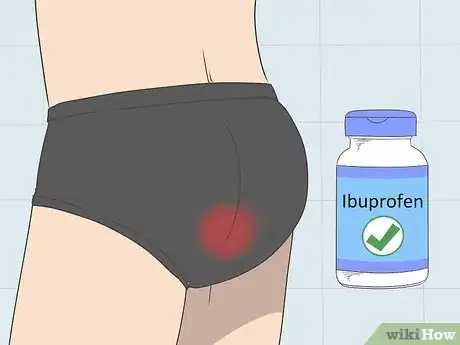
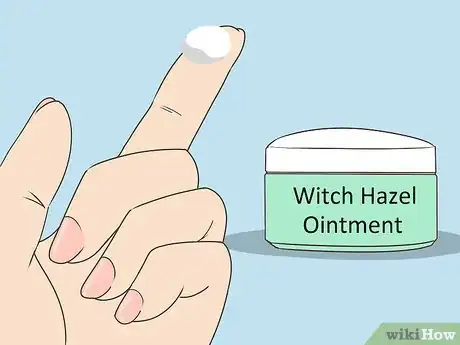
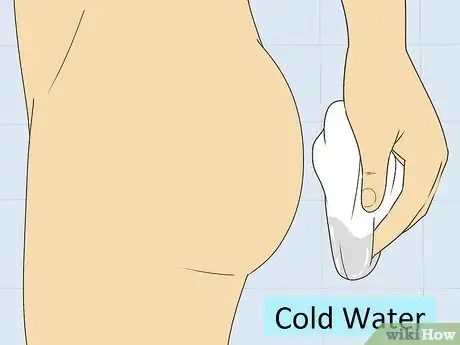
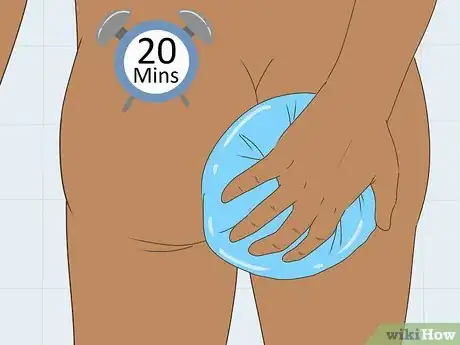
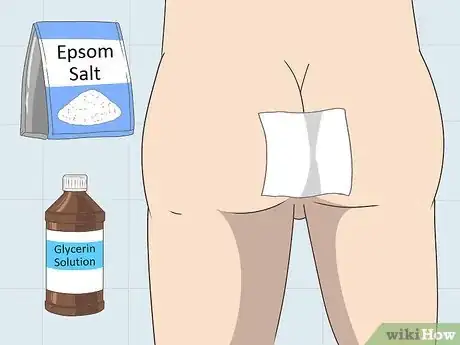
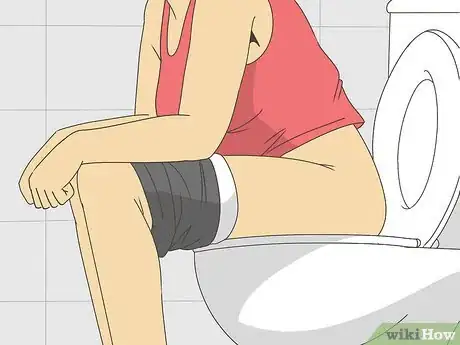
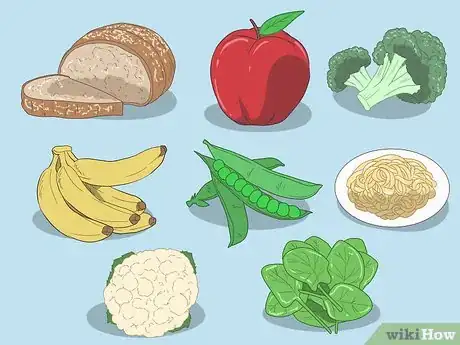
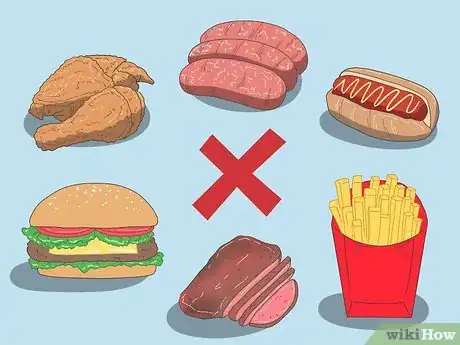
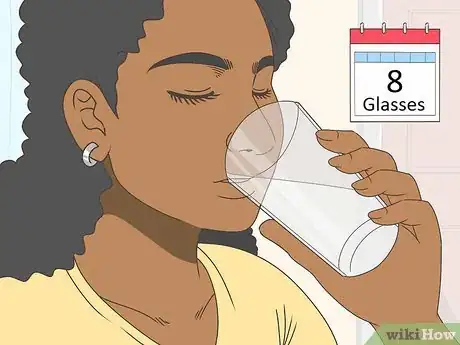

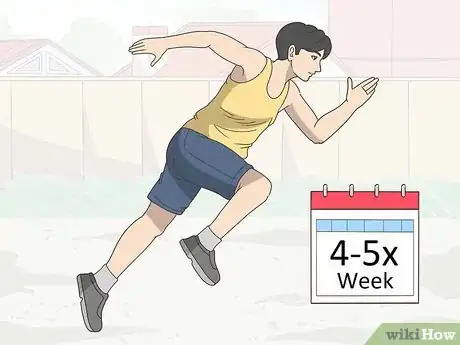
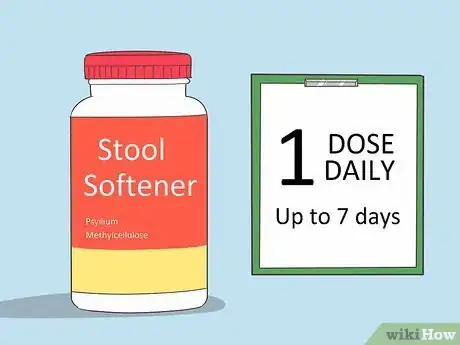
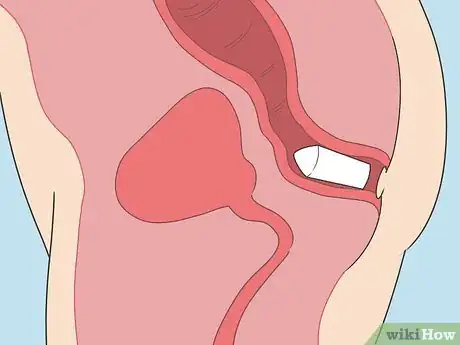
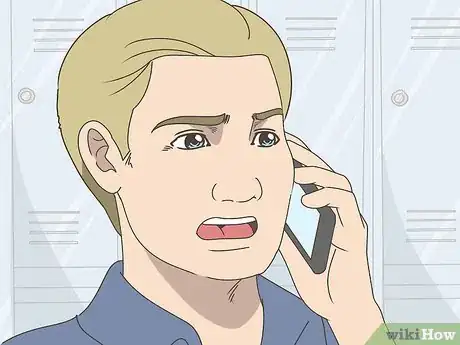
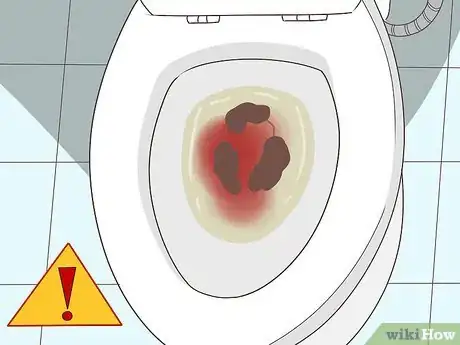
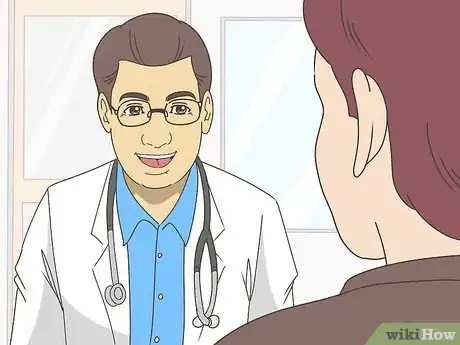
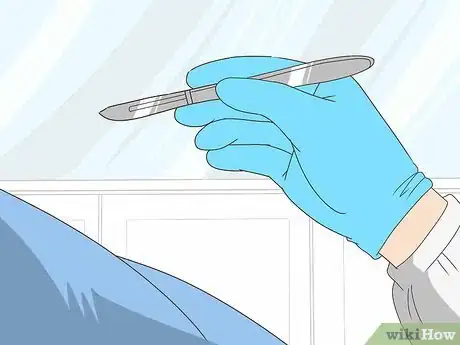

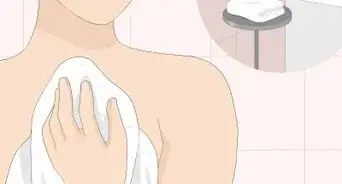

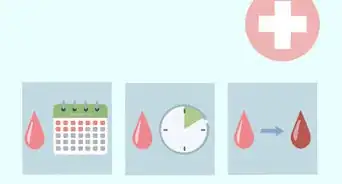

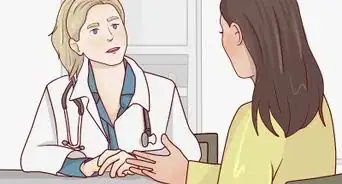

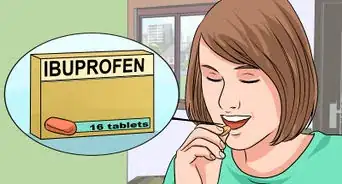

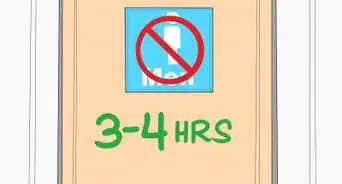
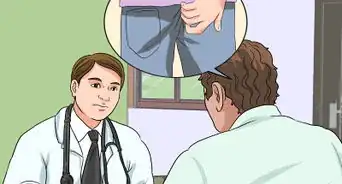

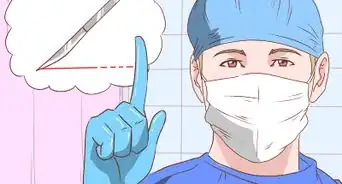
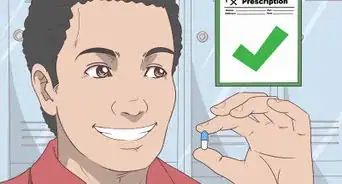

















































Medical Disclaimer
The content of this article is not intended to be a substitute for professional medical advice, examination, diagnosis, or treatment. You should always contact your doctor or other qualified healthcare professional before starting, changing, or stopping any kind of health treatment.
Read More...